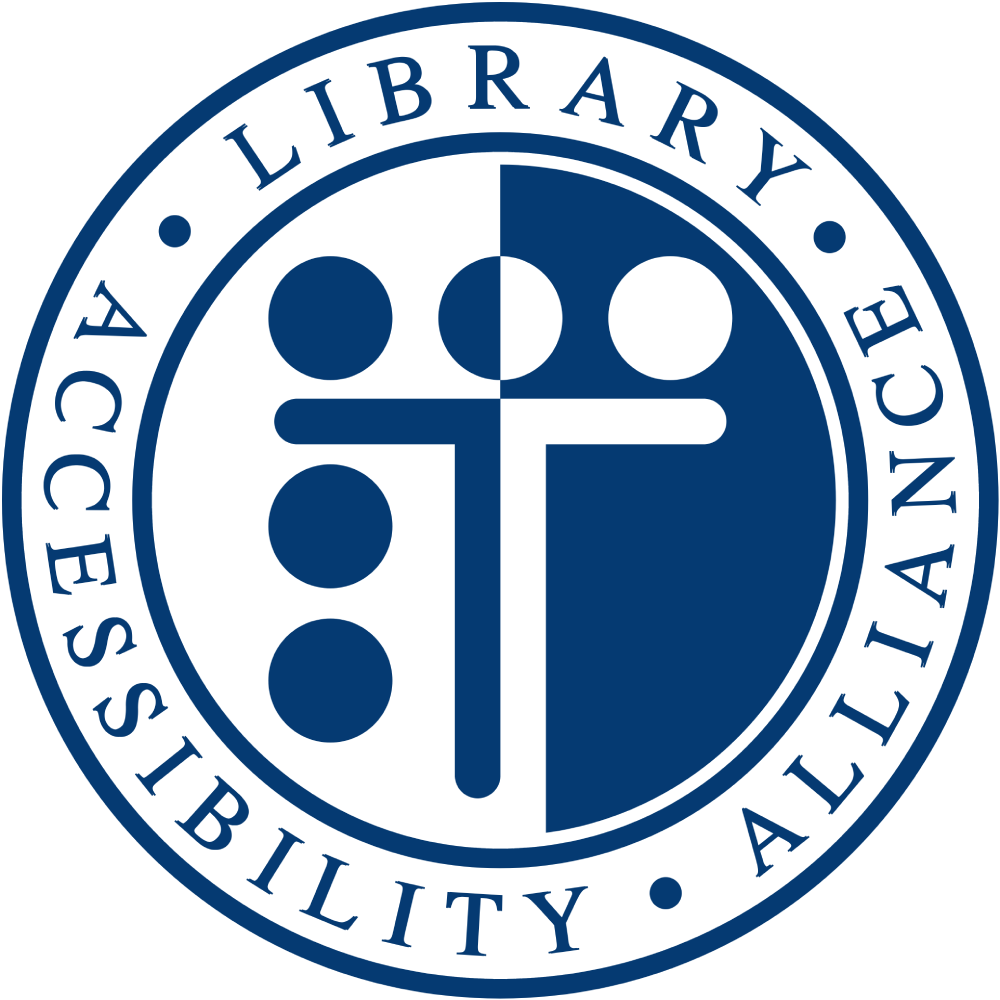Accessiblü conducted a high-level accessibility evaluation of the World Scientific platform to assess its usability for individuals with disabilities. The review was conducted using the JAWS screen reader, keyboard-only navigation, and manual inspection for conformance to select WCAG 2.2 AA success criteria.
Key Findings
The World Scientific platform presents significant accessibility challenges that may create substantial barriers for users with disabilities, particularly screen reader users and keyboard-only users. During our testing, we encountered numerous critical issues that may prevent users from effectively navigating the site, searching for scholarly content, and accessing resources.
The testing revealed issues such as improper heading structures, missing alternative text for images, inadequate focus management, inaccessible dynamic content updates, and poorly structured navigation. These problems not only hinder platform usability but often render essential functionality entirely inaccessible for people with disabilities.
However, the platform does demonstrate some accessibility strengths, including properly announced modal dialogs, functional checkboxes for access filters, and correctly implemented tab navigation in the advanced search interface. Addressing the identified concerns would significantly improve the experience for persons with disabilities and users of assistive technology, allowing them to access the extensive scholarly and scientific resources that World Scientific provides.
Top 3 Issues
Improper Heading Structure and Missing Landmarks
- Brief description: The platform lacks proper heading hierarchy (no H1, H2, H3 elements), and navigation landmarks are not properly announced to screen readers.
- Impact: Screen reader users cannot efficiently navigate the page structure or understand the content organization.
- WCAG Success Criteria: 1.3.1 Info and Relationships (A), 2.4.1 Bypass Blocks (A), 2.4.6 Headings and Labels (AA).
Inadequate Search Results and Dynamic Content Announcements
- Brief description: Search results are not announced to screen readers, and dynamic content changes when applying filters or changing tabs are not communicated.
- Impact: Users with visual impairments have no indication when search operations complete or when page content updates, making the search functionality essentially unusable.
- WCAG Success Criteria: 4.1.3 Status Messages (AA), 3.2.2 On Input (A).
Missing and Incorrect Alternative Text for Images
- Brief description: Many images lack proper alternative text, and some announce code fragments instead of meaningful descriptions.
- Impact: Screen reader users cannot access visual information conveyed by images, including important scholarly content and navigation elements.
- WCAG Success Criteria: 1.1.1 Non-text Content (A)
Disabilities Impacted
Blind and Low-Vision Users
- Issues: Missing alternative text for images, improper heading structures, unlabeled interface elements, inadequate search result announcements, missing live region updates, and focus management problems.
- Impact: Screen reader users struggle to understand page content, navigate effectively, or use core search functionality. The platform fails to communicate dynamic changes, creating confusion and preventing completion of research tasks.
Users with Motor Disabilities
- Issues: Focus management problems when navigating between search tabs and filters, inconsistent keyboard accessibility, and unpredictable focus movement.
- Impact: Keyboard-only users experience difficulty maintaining context when performing searches and may become disoriented when focus moves unexpectedly to different page sections.
Neurodiverse Users
- Issues: Inconsistent interface patterns, unpredictable behavior when activating controls, lack of clear feedback for user actions, and complex navigation without proper structure.
- Impact: Users with cognitive disabilities struggle to develop effective mental models of the interface due to inconsistent behavior and lack of clear feedback, making scholarly research tasks more challenging.
 Library Accessibility Alliance
Library Accessibility Alliance